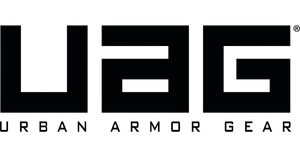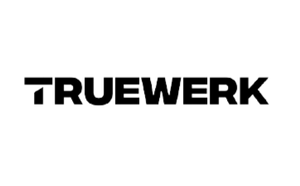If you run a website or blog, you likely spend a lot of time thinking about new content to create. However, it’s equally important to pay attention to the content you already have. Having numerous low-performing posts or pages isn’t good for your business or your Google rankings.
Did you know that outdated, duplicate, or very thin content can hurt your site’s performance in search results?
This is where content pruning comes in.
Let's explore what content pruning is and how it can benefit your website!
What is Content Pruning for SEO?
Content pruning for SEO means getting rid of outdated, low-performing, or thin content from your website to boost your SEO performance.
Just as pruning unhealthy branches from a tree enhances its health, removing "dead weight" content from your website helps it perform better in search results.
Why is this important?
Enhanced User Experience:
By eliminating irrelevant or poor-quality content, users can find valuable and relevant information more easily, leading to a better user experience.
Better Crawl Efficiency:
Search engines can crawl and index your site more efficiently when there are fewer low-quality pages, ensuring that your high-quality content gets more attention.
Improved Search Rankings:
Removing outdated or low-quality content helps improve your site's overall quality, leading to better rankings in search engine results.
Increased Site Speed:
Fewer pages mean a leaner website, which can load faster and provide a smoother browsing experience for visitors.
Higher Engagement Rates:
Quality content that meets users’ needs tends to attract more engagement, such as longer visits, more shares, and lower bounce rates.
Simplified Content Management:
With less content to manage it’s easier to update and maintain your site, which ensures all information remains current and relevant.
Deadweight pages can be:
Test Pages and Drafts
Sometimes, during website development or content creation, test pages or drafts are published. These pages usually serve no purpose for the end user and should be removed.
WordPress Category and Tag Pages
WordPress automatically creates category and tag pages to help organize your content. However, these pages often contain thin content or duplicate content. If not properly optimized, they can dilute your SEO efforts and clutter your site.
Boilerplate content or thin content
Pages with very little original content or overly generic content don't provide value to users or search engines.
Outdated blog posts and low-quality blog posts
Blog posts that are no longer relevant, timely, or accurate, posts that are poorly written, lack depth, or fail to provide value to readers can harm your site's reputation. These posts may not attract traffic or engagement and can cause users to question the reliability of your website.
Duplicate Content
Having multiple pages with the same or very similar content confuses search engines, this can lead to lower overall rankings and less traffic for your site.
Old Service pages
Pages describing services you no longer offer can confuse potential customers and clutter your website. They can also waste your crawl budget and prevent search engines from focusing on your current, relevant content.
Archive Pages
Archive pages, such as those generated monthly or yearly by default in some CMS platforms, often contain redundant content and provide little value to users.
Gather Data About Your Content
To decide whether to keep or delete a page, you'll need to collect performance data about your content.
Tools like Google Analytics, Google Search Console, Ahrefs, and SEMrush can help you gather this data:
- Organic Search Rankings: Where each page ranks in search engine results.
- Keywords: The keywords each page is ranking for.
- Organic Traffic: The number of visitors coming from search engines.
- Conversions: Actions taken by users that align with your business goals, such as sign-ups or purchases.
- Number of Backlinks: The count of external links pointing to your pages.
- Average Session Duration: How long visitors stay on your pages.
- Bounce Rate: The percentage of visitors who leave after viewing only one page.
Decide What to Do with Each Page
Once you've gathered the data, you'll need to decide the best course of action for each page.
Here are several options:
- Updating: Refresh your content by incorporating the latest facts and statistics, adding new information, and enhancing its overall quality.
- De-indexing: Some pages are useful for users but not necessary in search results, like blog category pages or post-purchase thank-you pages. To de-index these pages, add a ‘noindex’ tag to the <head> section of the HTML.
- Consolidation: Combine multiple pages into a single, more comprehensive resource to eliminate duplicates. Use a 301 redirect to guide visitors and search engines to the updated page.
- Deleting: If none of the above options are suitable, consider deleting the page. While it can be difficult to remove content you've worked on, doing so can enhance your website’s overall SEO performance.



















 We Are Slicedbread.
We Are Slicedbread.